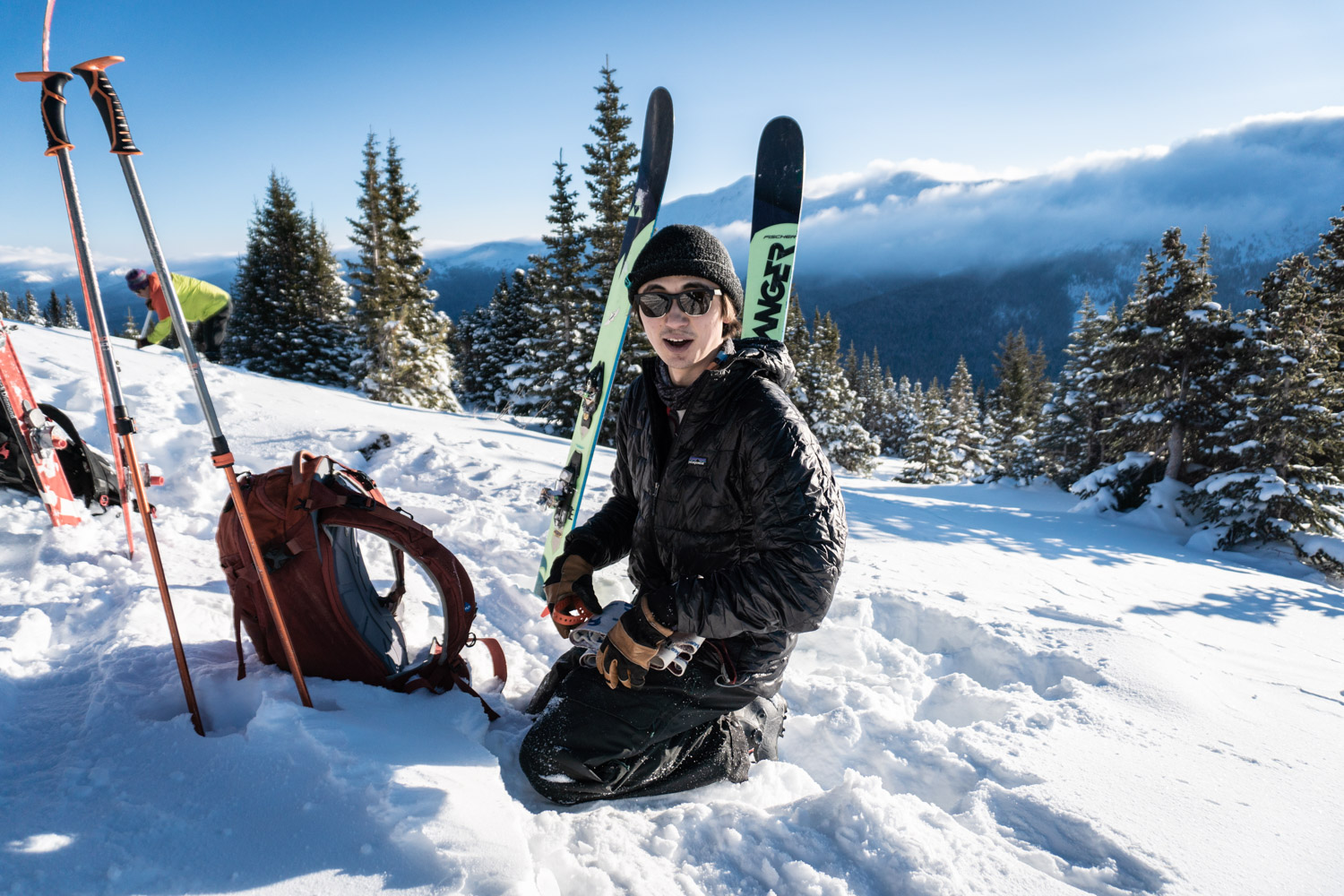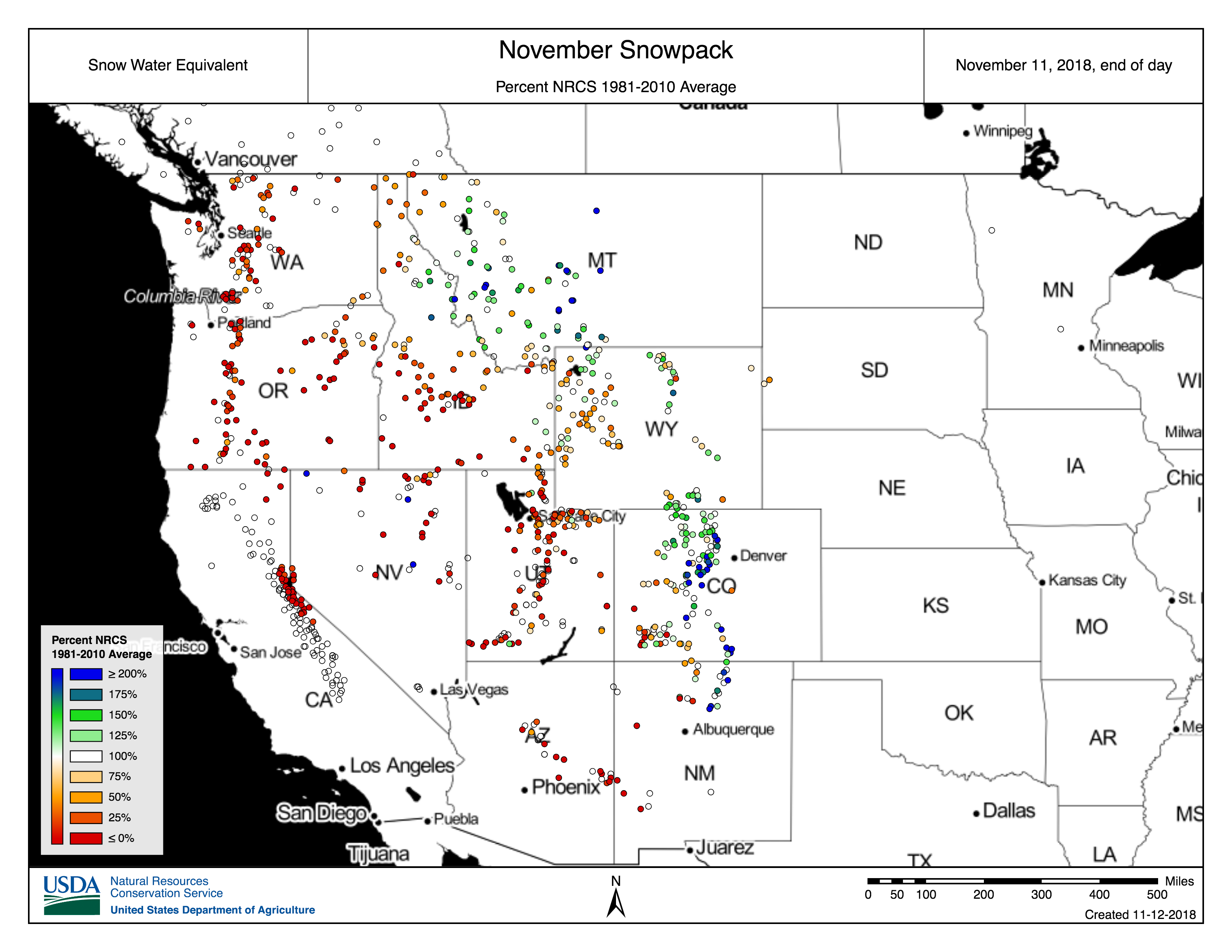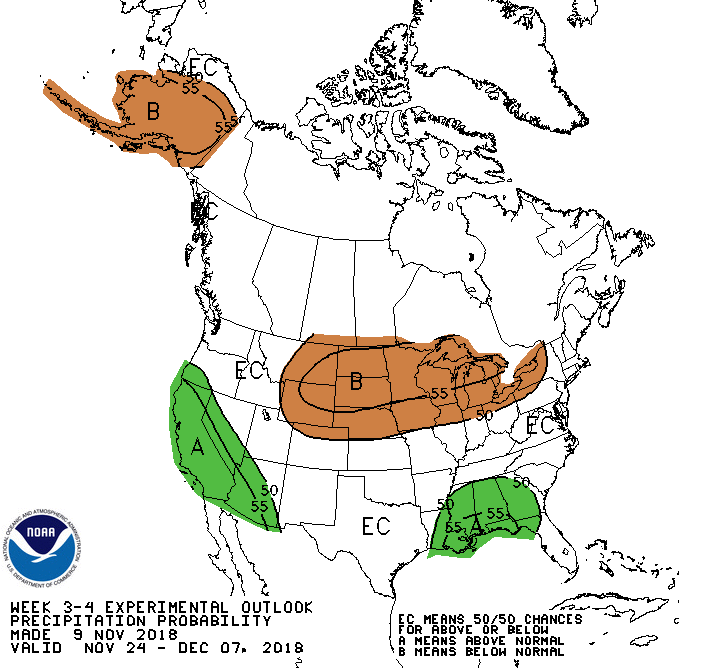the clockwork rockies

Berthoud Pass. 7:15AM. Tai packs up his skins as we discuss the joy of sliding downhill.
The height of things out here puts us closer to reality. This particular reality is one of dependence; we rely on an invisible river in the sky. The topography wrings out this river. These rocky mountains are a conduit, providing life to the west. We know that vorticity around the jet stream is important, and solar heating works wonders to provoke air-masses out of their sleep. But the consistency of a high peak reaching upward to siphon out water streaming from the Pacific or the Gulf of Mexico is a true lifeline. What better place to get water than the ocean? The mountain snowpack is good safekeeping for our most precious resource. For now, it offers us much. We wiggle our skis down carefully, there are still sharks in these early season waters.

Will the sliding be good this season?
The south platte river basin is sitting at more than 200% of average SWE (snow water equivalent). This is somewhat inline with NOAA’s experimental climate outlook, which did hint at a wet early winter. The accuracy of weather prediction has increased a lot in the last few decades. Climate prediction is the next step. Its a big next step. Consider the 3-4 week outlook, even though this technically isn’t climate. Despite the difficulty, the National Weather Service Climate Prediction Center gives it a shot. If you are familiar with federally run websites, you wont be surprised to see that the most futuristic forecasting center has the facade of a 1990’s forum. Here you can find the experimental forecasts. The discussion reveals some interesting things; foremost being the emergence of El-Nino conditions, which is likely to make an appearance given high heat-content near the Pacific ocean surface. Most models runs are showing Arctic air staying North, and therefore above average air temperatures are forecasted. Confidence is low in precipitation amounts—as expected.

This doesn’t get us very far. But truth be told, weather is extremely chaotic at every scale. Are we happy with this in 2018? Consider where we came from—in the 1950’s, when weather prediction started to really take off, the concept of the clockwork universe came back into public favor, fueled by cigarettes and science fiction writers. Originally championed by the likes of Isaac Newton, and passed down to Kurt Vonnegut among others, it posits that the laws of our universe resemble the functioning of an intricate machine, and most importantly, given enough information about initial conditions we could predict future states. Are we closer or further to this in 2018? While it seems that the improvements in forecasting have moved us closer (however infinitesimally), our knowledge of the complexity of atmospheric physics is also growing. One of the biggest challenges remains; small errors in the assessment or measurement of initial conditions can propagate through a model and lead to bigger errors in future states. I wonder which goalpost moves faster: computing power, or our ability to resolve atmospheric microphysics? This is good brain food for an early morning ski.